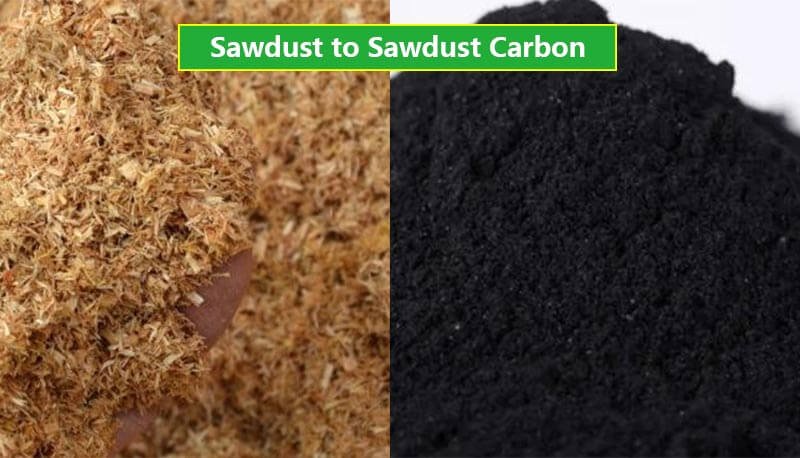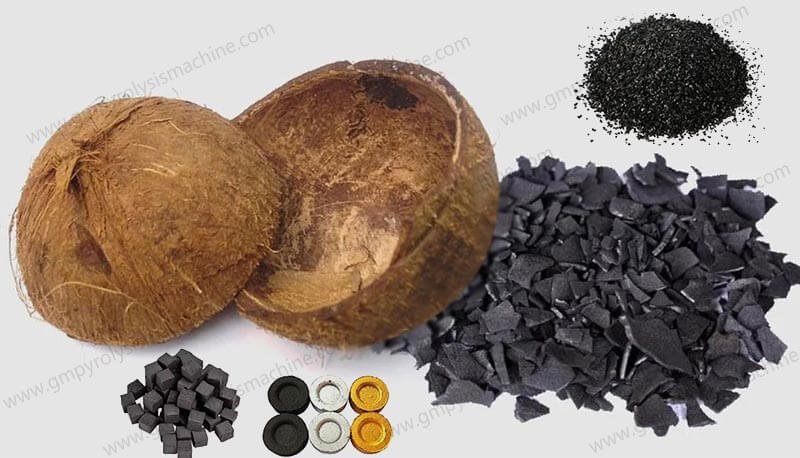Rice husk can be turned into a highly valuable product—biochar. At the heart of this transformation is the rice husk biochar machine.
What is Rice Husk Biochar and Why is it Valuable?
Rice husk biochar is a carbon-rich, porous material produced by heating rice husks in a low-oxygen environment. This process, called pyrolysis, prevents combustion and converts the biomass into a stable form of carbon.
How Does a Rice Husk Biochar Machine Work?
A professional rice husk biochar machine automates the pyrolysis process, ensuring efficiency, safety, and consistent output. The process is more complex than simple burning and involves precise control. Here’s a detailed breakdown:
1. Pre-processing: Drying and Crushing
Raw rice husks typically have high moisture content. For efficient pyrolysis, they must be dried to a moisture level below 15%. While rice husks are small, some machines may include a crusher to ensure uniform size for even carbonization.
2. Feeding
The dried husks are automatically conveyed into the main pyrolysis reactor using a screw feeder or belt conveyor. This automated feeding system creates a sealed environment, preventing oxygen from entering the reactor, which is critical for safety and product quality.
3. High-Temperature Carbonization (Pyrolysis)
This is the core stage. The sealed reactor is heated to a specific temperature range (typically 450°C – 600°C). In this oxygen-limited atmosphere, the rice husks do not burn but thermally decompose.
Syn-gas Generation: During pyrolysis, combustible gases (syngas) are released from the biomass.
Internal Recycling for Sustainability: A key feature of a high-end rice husk charcoal making machine is its ability to recycle these syngas. Instead of requiring an external fuel source throughout the process, the machine cleans and redirects the syngas to fuel the heating system. This creates a self-sustaining cycle, drastically reducing operational costs.
4. Discharging and Cooling
Once the carbonization is complete, the hot biochar is discharged into a sealed cooling system. This is often a water-cooled screw conveyor that rapidly brings down the temperature of the biochar. Effective cooling is vital to prevent the biochar from re-igniting when exposed to oxygen and to ensure it is safe for handling and packaging.
5. Emission Control and By-product Recovery
Modern machines prioritize environmental protection. The syngas is passed through purification systems like spray towers or cyclones to remove pollutants and tar. Some systems are even equipped to recover wood vinegar, a liquid by-product with applications in agriculture and industry, adding an additional revenue stream.
Key Advantages of Investing in a Professional Rice Husk Biochar Machine
Choosing an industrial-grade machine over rudimentary methods offers significant benefits:
High Efficiency & Continuous Operation
Look for continuous rice husk carbonization furnaces that allow for 24/7 feeding and discharging, maximizing output.
Energy Self-Sufficient Operation
The syngas recycling technology eliminates the need for external fuel after the initial start-up, making the process extremely cost-effective.
Environmentally Friendly
Sealing and gas purification systems ensure smoke-free, odorless operation that meets international environmental standards.
Safety Assurance
Professional designs include multiple safety devices like pressure gauges, temperature alarms, and explosion-proof valves to protect your investment and personnel.
High-Quality Biochar Output
Precise temperature control results in a consistent, high-quality biochar with a superior fixed carbon content.
By understanding the intricate process and technical features of a rice husk biochar production system, you can make an informed investment. This technology is not just a machine; it’s a gateway to a profitable, eco-friendly business that turns agricultural waste into a resource for a sustainable future.







